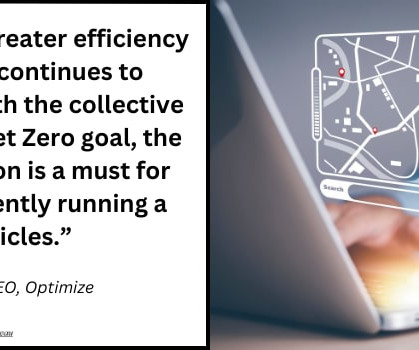Sales and Operations Planning: The Interpersonal Element
Logistics Bureau
AUGUST 1, 2022
If so, a few minutes of online research will reveal what you probably suspected deep down all along—that there are real risks involved, which can stand in the way of promised benefits. But what makes it so challenging to implement S&OP successfully? Why S&OP Needs a Lot of Human Investment. Who’s Who in the S&OP Process?















Let's personalize your content